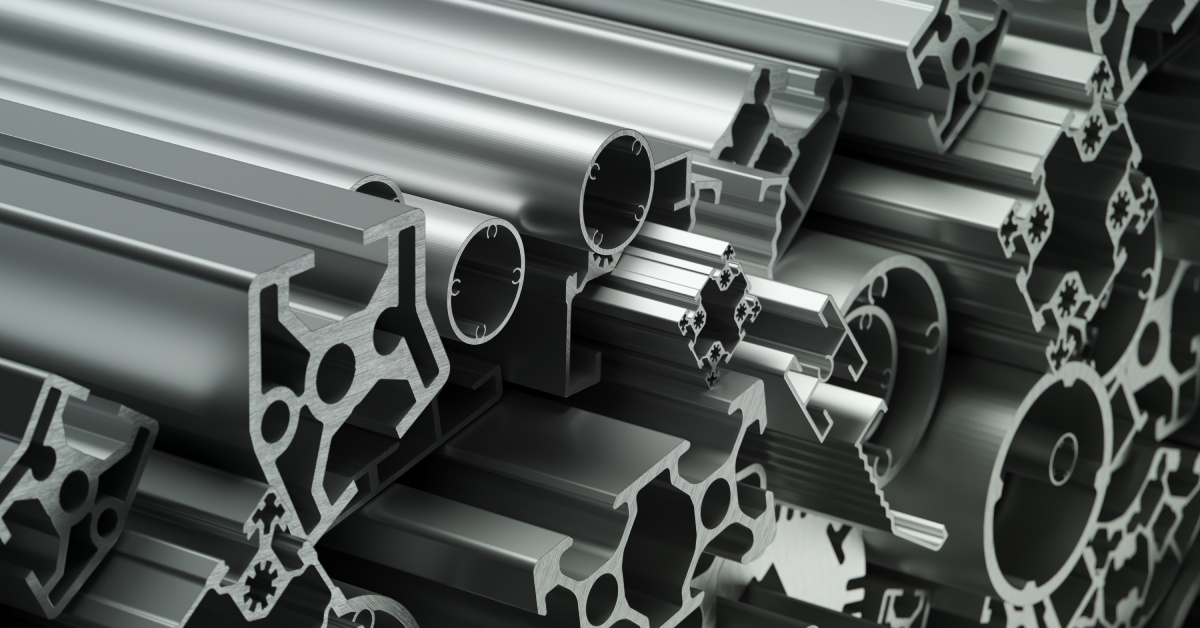
Aluminum extrusions, known for their lightweight and versatile properties, perform well for numerous industries. To produce high-quality extrusions for consumer use, manufacturers will utilize various heat treatments for the best results.
These five types of heat treatment for aluminum extrusions ensure strong and durable products for any structure. Discover how these methods differ and what makes them more compatible compared to other treatments.
Annealing is a process that involves heating aluminum extrusions to specific temperatures and then cooling them slowly over time. This makes the metal easier to work with, as the temperature softens the metal and reduces the risk of cracking. Annealing creates extrusions with enhanced ductility and lowered internal stress, providing you with a durable product.
Solution heat treatment dissolves aluminum into an aluminum matrix by heating it to high temperatures. This allows the metal to be malleable so that manufacturers can quickly lock the elements in place while they cool. This also improves the uniformity of the material and adds corrosion resistance, making a stronger material overall.
Usually performed after solution heat treatment, aging focuses on the precipitates of the material. This improves the hardness and strength of the aluminum as the precipitates form at a controlled rate. Aging is a convenient method to use alongside other heating solutions to enrich the aluminum to high qualities.
Tempering is a type of heating treatment for aluminum extrusions that performs an additional reheating method by reigniting the aluminum. The process is at a lower temperature to relieve internal stress and ensure toughness without reducing strength. The aluminum produced by this method features better overall mechanical performance for consumer’s needs.
Stress relieving heats aluminum at a low temperature to reduce the risk of distortion in the aluminum. While this method doesn’t change the material’s mechanical properties, it does enhance dimensional stability so that the material can perform efficiently for consumers. Manufacturers optimize their products by using this method in tandem with others.
Aluminum extrusions need precise care to maintain their properties for long-term structures. These heating methods craft high-quality aluminum extrusions that provide adequate performance and stability.
Custom aluminum fabricators take advantage of these reheating methods to produce aluminum extrusions that fit consumer needs. After performing these heating treatments, expect a final product that’s durable and uniform for any project.